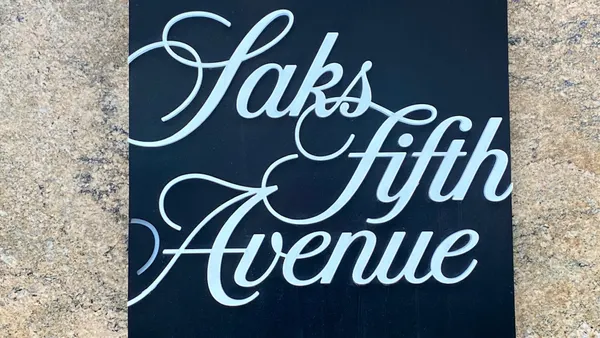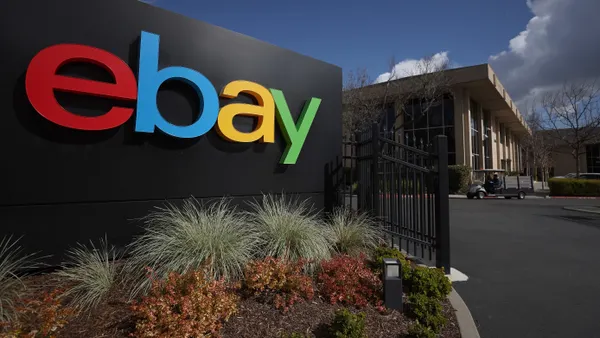Dive Brief:
- The holiday selling season means a huge spike in online and in-store traffic and sales, but it also brings more fraud, according to research from Forter. Fraud attacks increased by 13% last year, according to the 2018 Fraud Attack Index from Forter.
- The most common targets for fraud by category are digital goods, electronics, and food and beverage. From Q1 2017 to Q1 2018, digital goods — which include gift cards, e-books, music, gaming and business-oriented services like hosting and software solutions — saw a fraud attack rate increase of 167%. Fraud attacks on electronics rose 66%, and food and beverage increased 60%. In other categories, jewelry and luxury products rose 38%, and apparel and accessories went up 7%, Forter reported.
- The most common types of holiday retail fraud are account takeover (ATO), discount and coupon abuse, return abuse, and transactional fraud. ATOs went up 31% last year. Coupon abuse increased consistently, up 217% from Q4 2017 to Q1 2018. Return abuse spiked 119% following Cyber Monday, but then declined 65% in Q1 2018. Online transactional fraud will more than double by 2020 to $25 billion, according to a report by Juniper Research cited by Forter.
Dive Insight:
With Halloween fast approaching, the early phase of 2018’s fourth quarter shopping season is already underway. This begins a time of fast-paced selling that will account for as much as 30% of online retailers’ annual revenue, per the National Retail Federation, with Halloween spending reaching an estimated $9 billion this year. This marks the beginning of an increase of fraudulent activity directed at retailers, reported Instart in a press release emailed to Retail Dive.
E-commerce will be hit hard. Last year, online fraud attempts increased 22% during the holiday season, from Thanksgiving to Christmas, ACI Worldwide reported. Organized retail crime rings are also a factor, resulting in $30 billion in annual costs, $17.6 billion in return fraud, with 90% of retailers report being victimized, according to TransUnion. This activity will heighten in the fourth quarter.
Every dollar of fraudulent transactions cost merchants $2.94, up from $2.77 a year ago, a year-over-year increase of 6%, said LexisNexis Risk Solutions. E-commerce and internet-related avenues of attack contribute to this bad news, but knowing what types of fraud are increasing and how merchants can defend themselves will help, Forter said in its 2018 Fraud Attack Index.
A recent study from Chargebacks911 found that cyber-shoplifting was a factor in $19.4 billion in chargeback losses suffered by merchants. This is nearly two-thirds of the total $31 billion in chargeback costs last year. While chargebacks and return fraud are an immense problem, Forter cautioned retailers against blacklisting good customers from returning unwanted merchandise. They recommended that retailers look at metrics and analytics in order to tell the difference between a true abuser of returns and a customer who needs to make several returns in a short period of time.
Unlike a good customer blocked from returning goods, the real fraudsters are increasing in sophistication. "In a world where consumers' online lives are rich and complex, spanning multiple devices, locations and payment methods, fraudsters now have access to an unprecedented level of technology and data to make committing fraud easier than ever before," Forter said.
One factor resulting in the increase of fraud related to digital goods, such as gift cards, is a streamlined purchase process where less information is required than other goods. Electronics combine high price points and attractive consumer appeal, making them more desirable for fraudsters, Forter said. Jewelry and luxury retailing is another high price and margin segment that fraudsters are drawn to. Better defense mechanisms and fraud protection systems, likely resulting in more payment friction, may help these numbers to go down.












